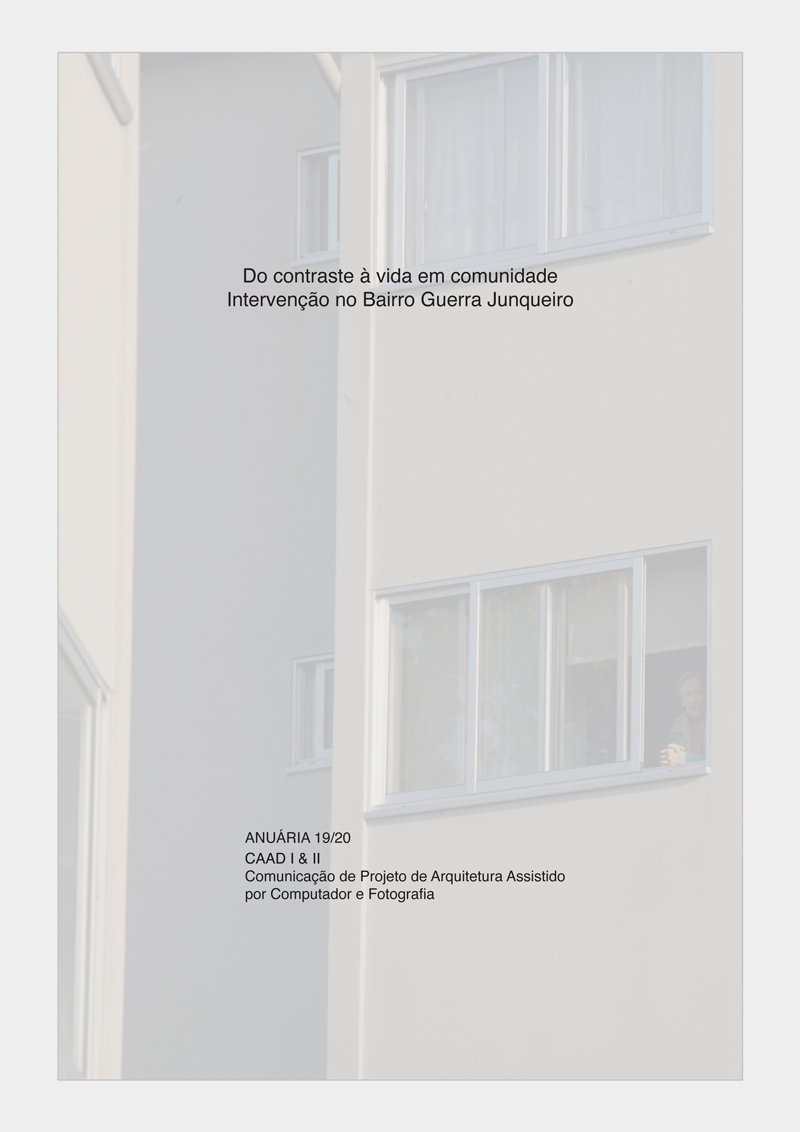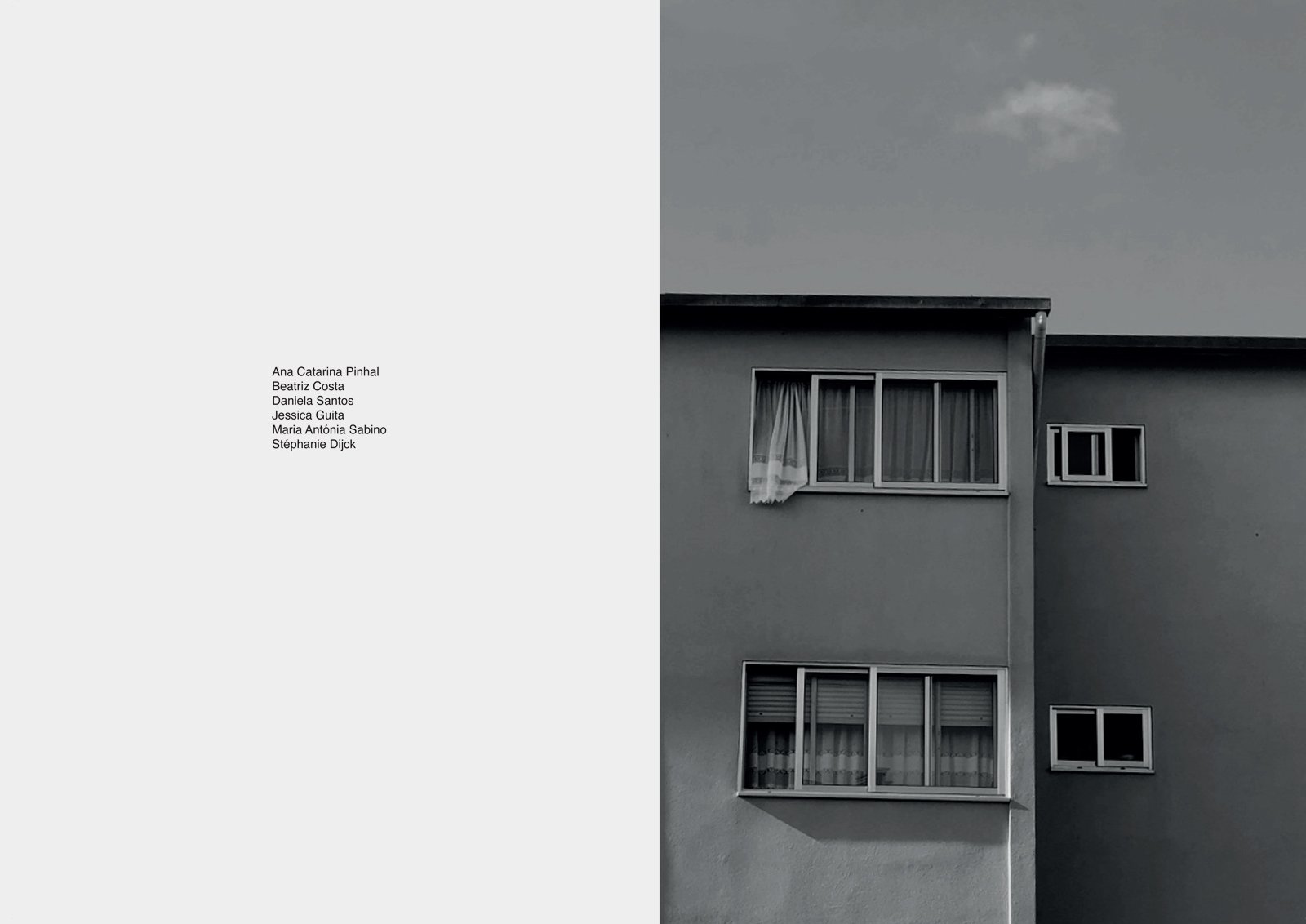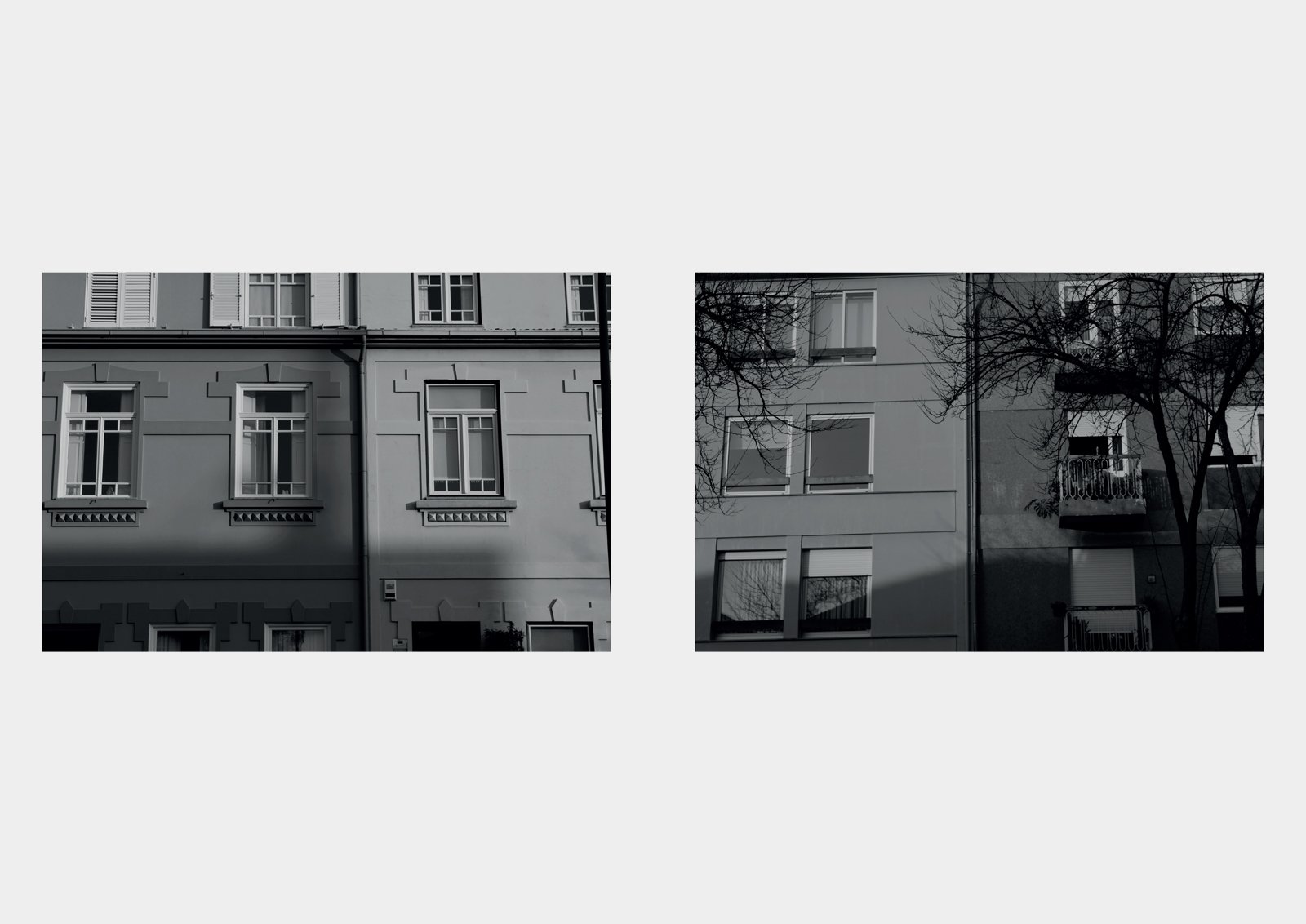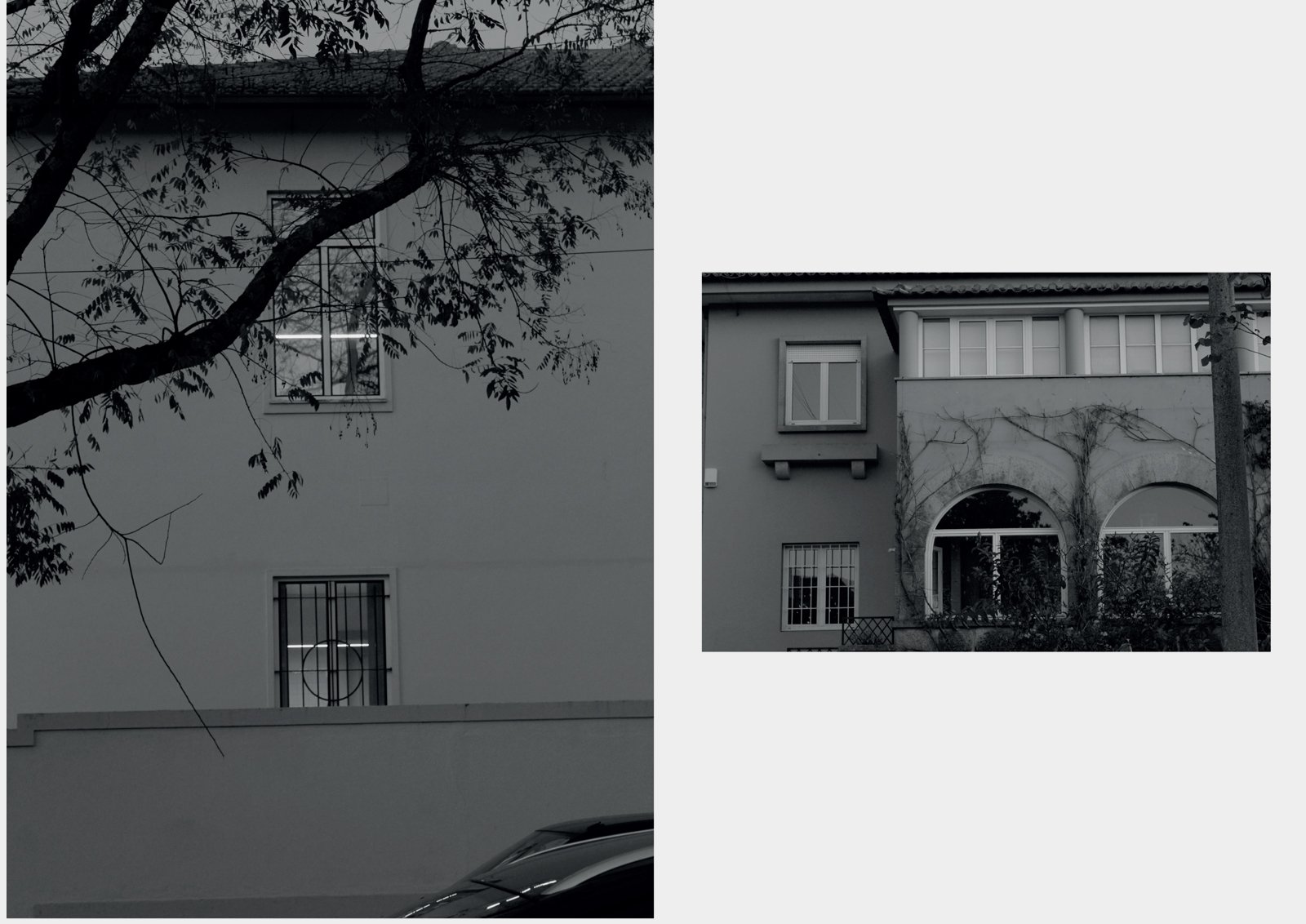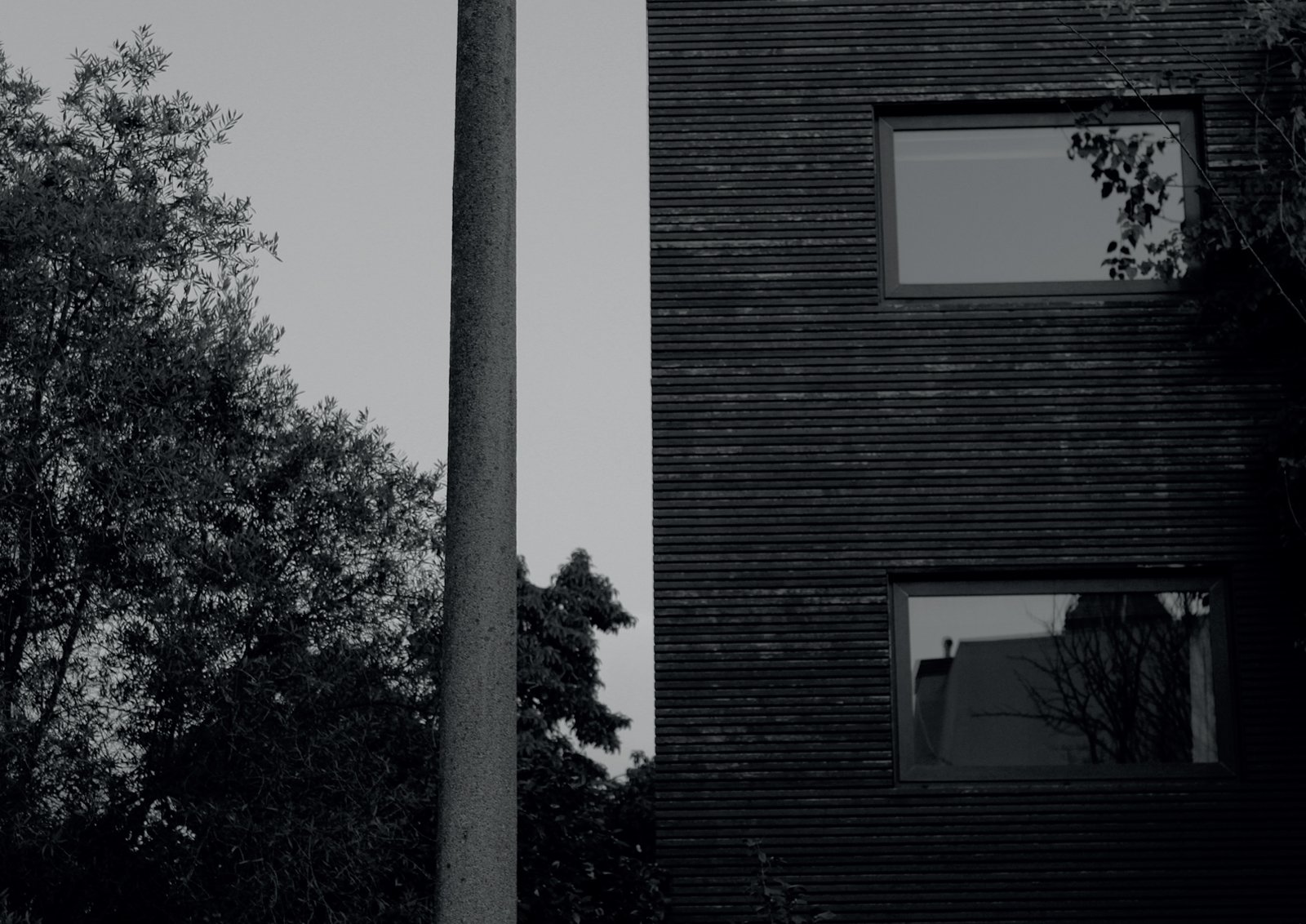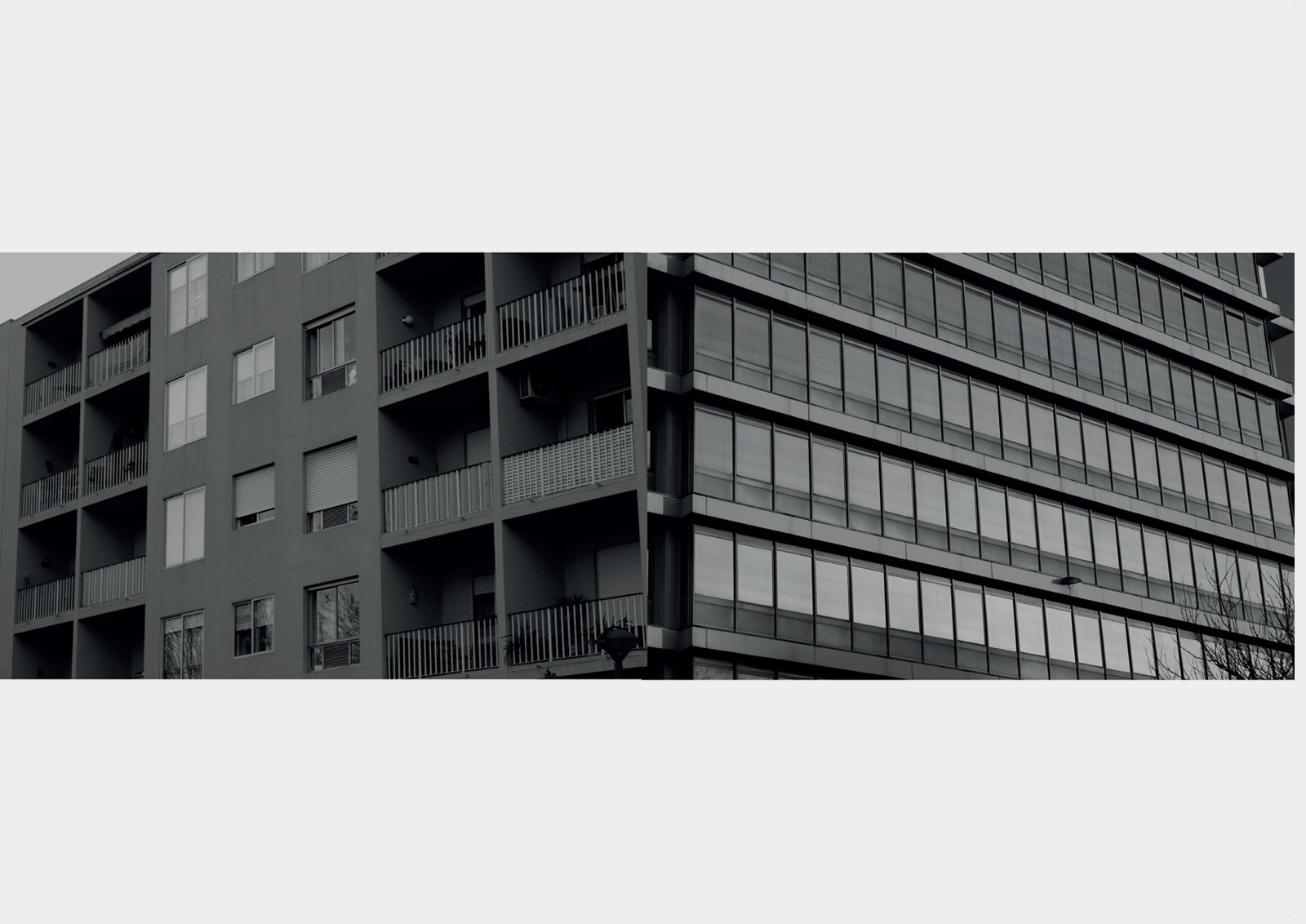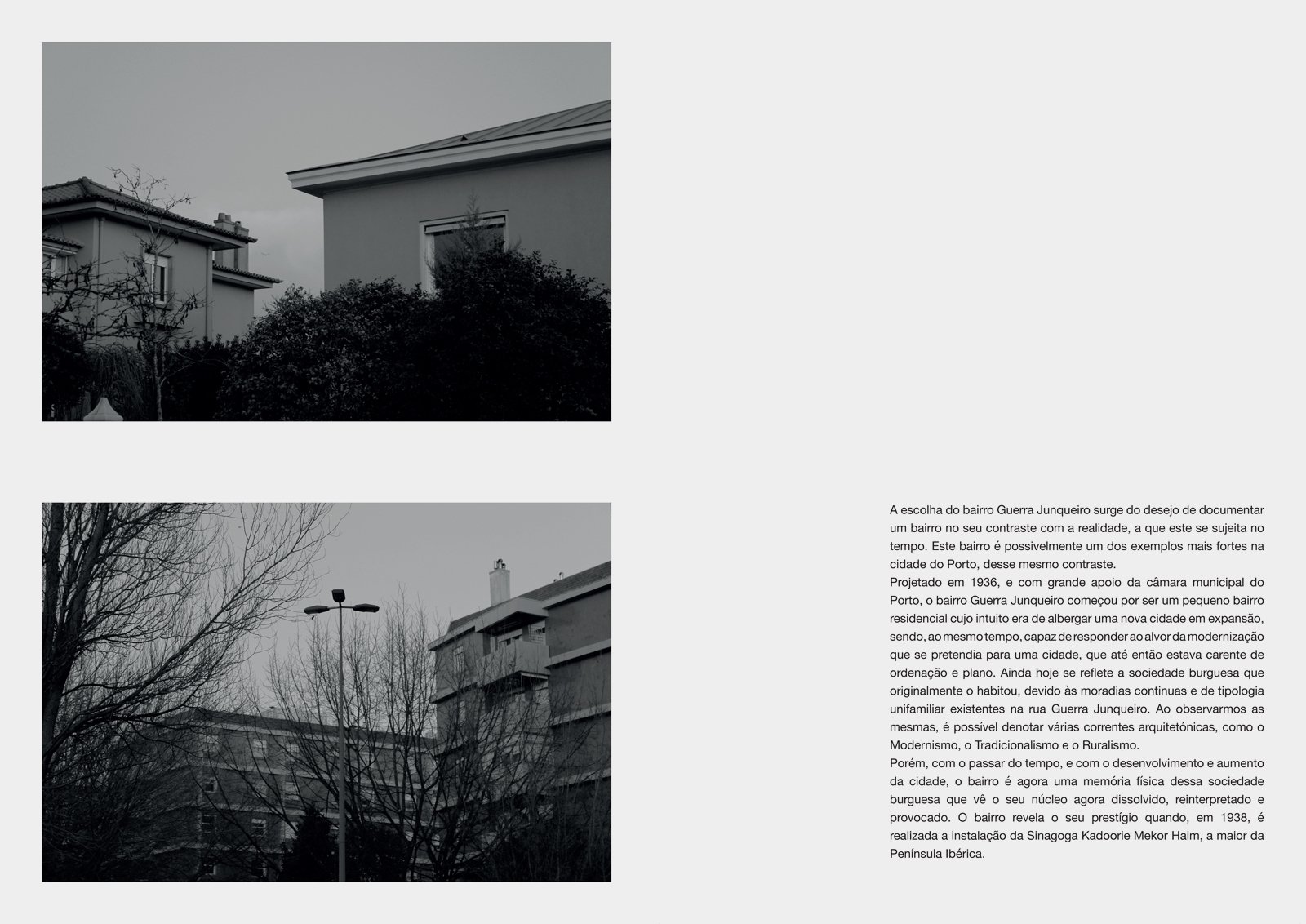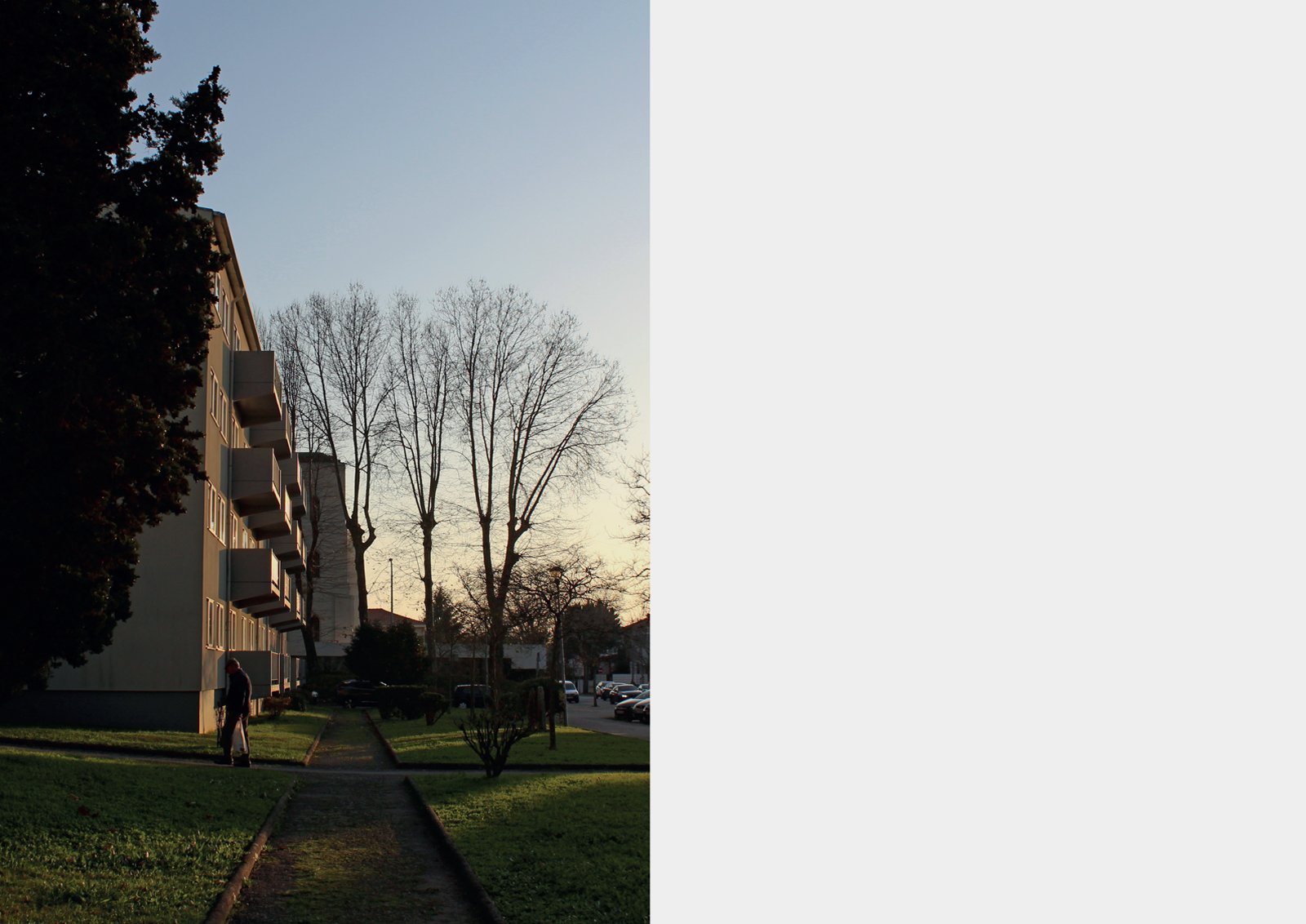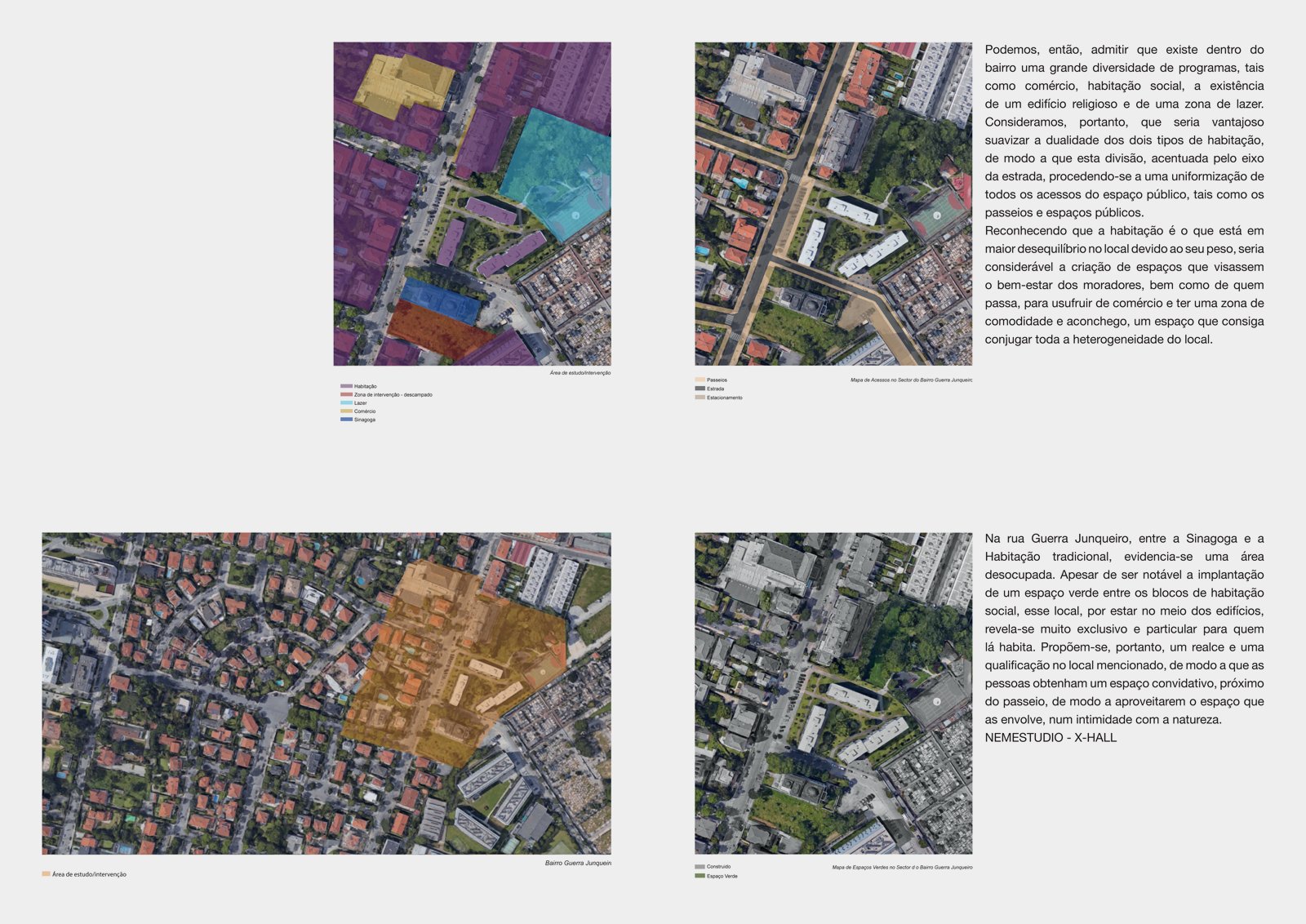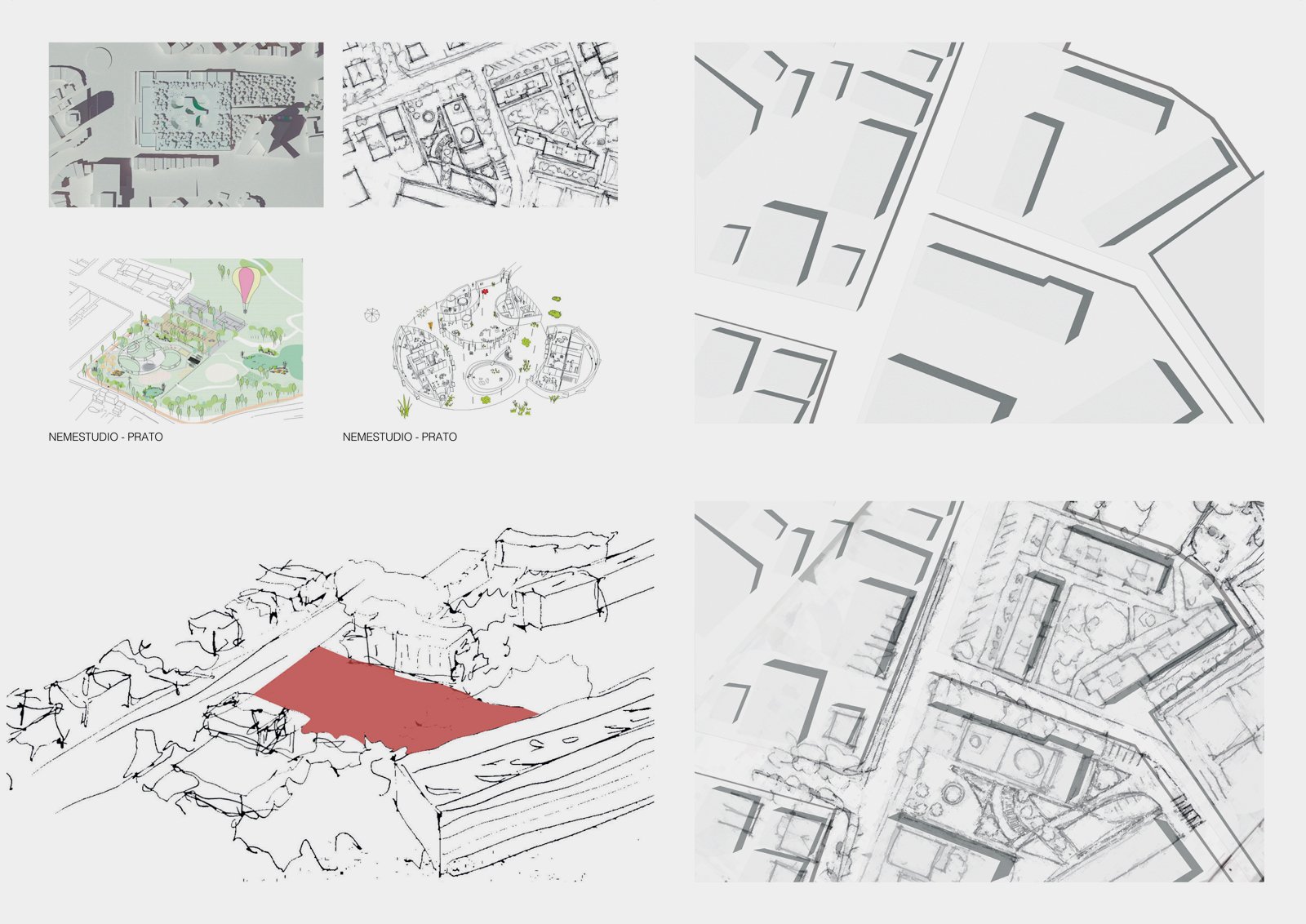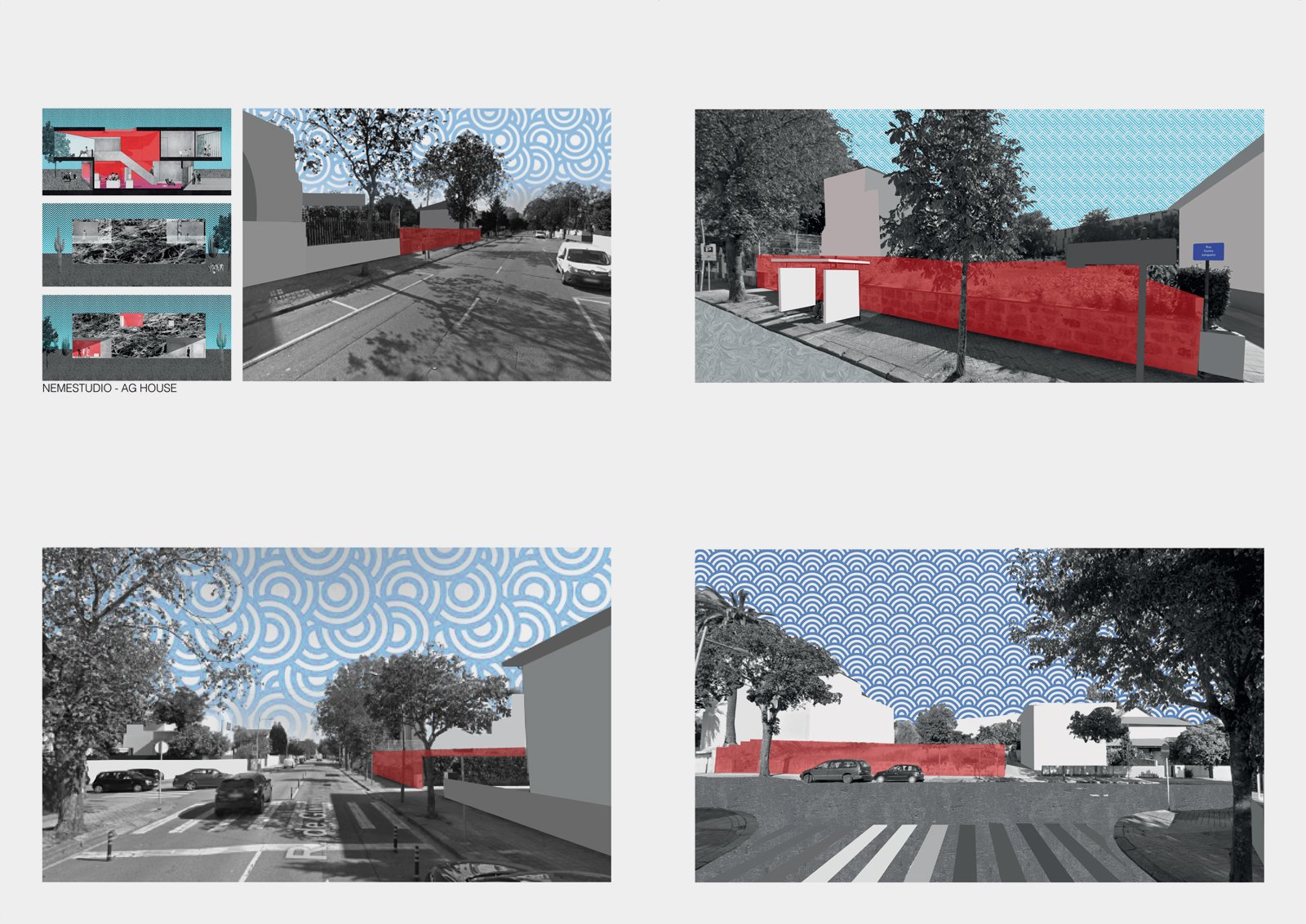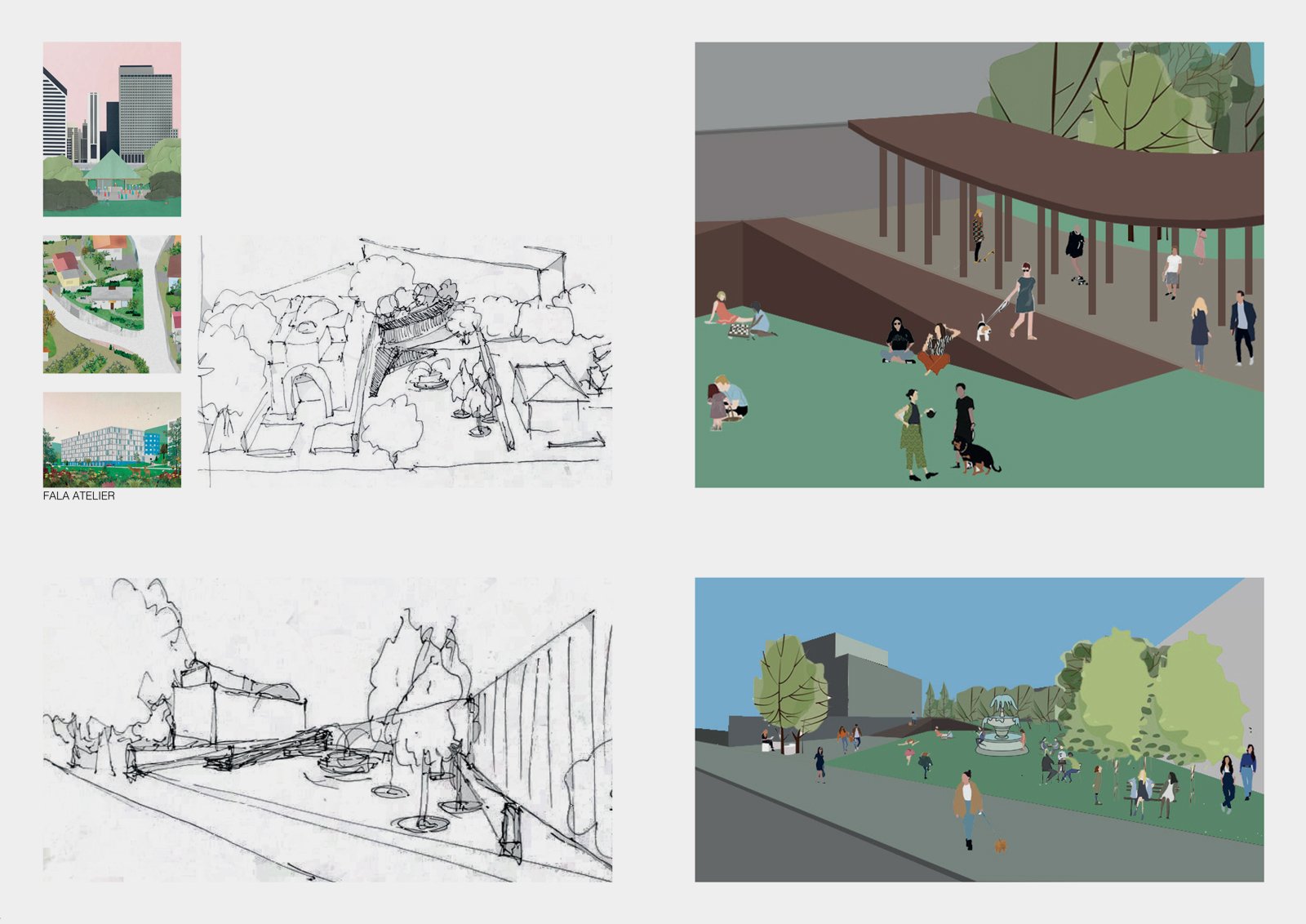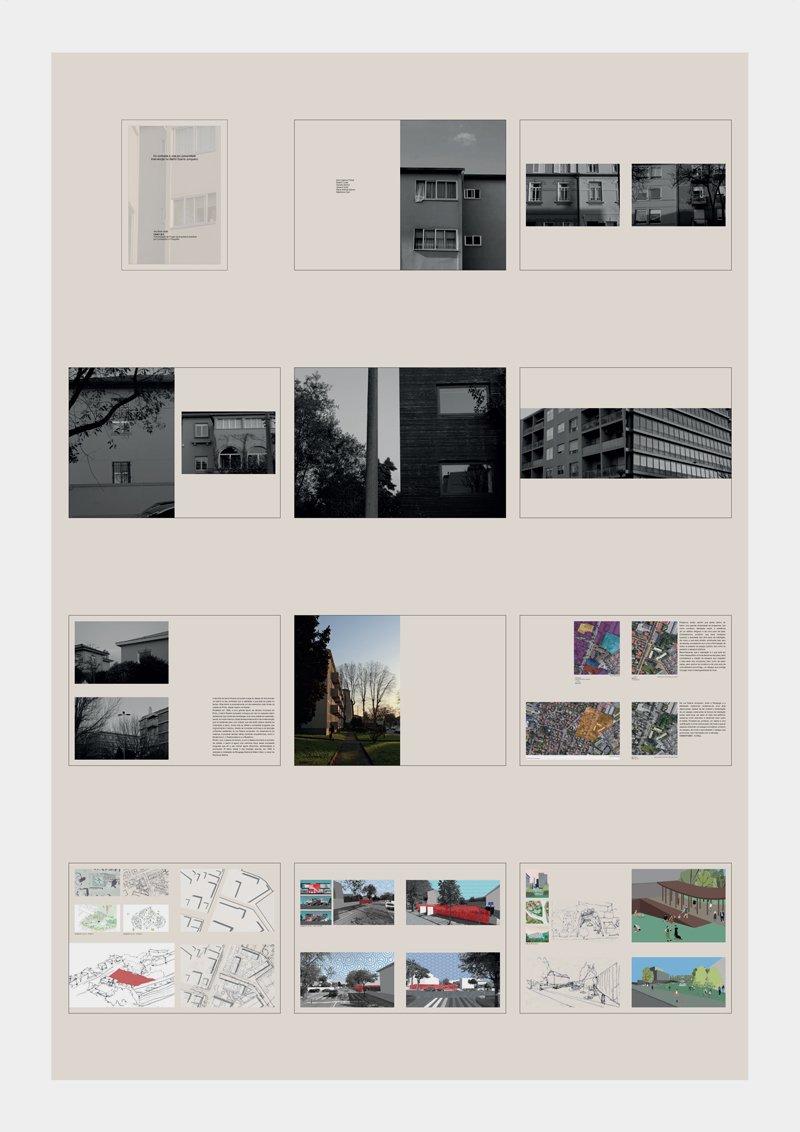FROM CONTRAST TO COMMUNITY LIFE INTERVENTION IN BAIRRO GUERRA JUNQUEIRO
BY ANA CATARINA PINHAL, BEATRIZ COSTA, DANIELA SANTOS, JESSICA GUITA, MARIA ANTÓNIA SABINO, STÉPHANIE DIJCK
The choice of the Guerra Junqueiro neighborhood arises from the desire to document a neighborhood in its contrast with reality, to which it is subjected in time. This neighborhood is possibly one of the strongest examples in the city of Porto, of that same contrast. Designed in 1936, and with great support from the Porto city council, the Guerra Junqueiro neighborhood started out as a small residential neighborhood whose purpose was to accommodate a new expanding city, while being able to respond to the dawn of modernization that it was intended for a city, which until then was lacking in order and plan. Even today, it reflects the bourgeois society that originally inhabited it, due to the continuous and single-family houses existing on Rua Guerra Junqueiro. When observing the same, it is possible to denote several architectural currents, such as Modernism, Traditionalism and Ruralism. However, with the passage of time, and with the development and increase of the city, the neighborhood is now a physical memory of that bourgeois society that sees its nucleus now dissolved, reinterpreted and provoked. The neighborhood reveals its prestige when, in 1938, the installation of the Kadoorie Mekor Haim Synagogue, the largest in the Iberian Peninsula, takes place.

